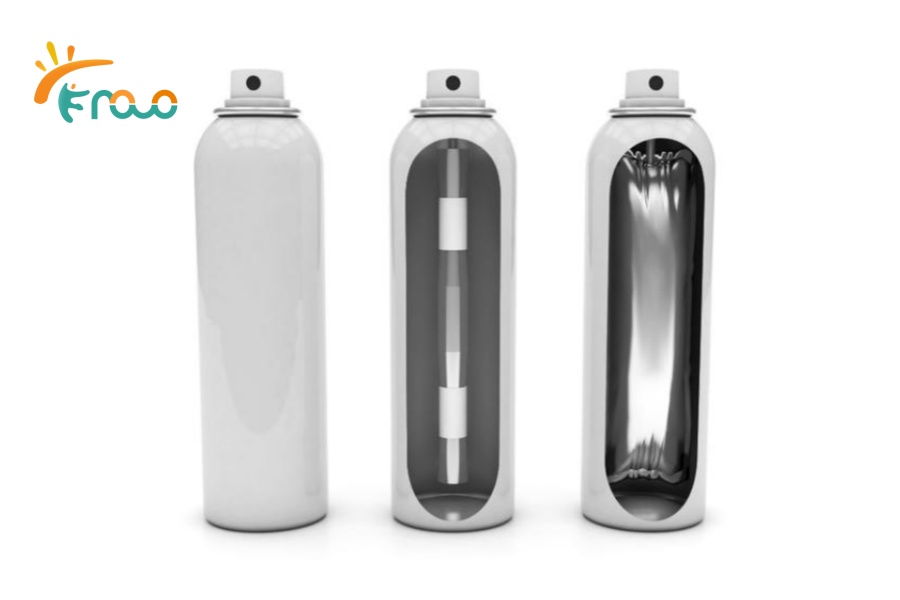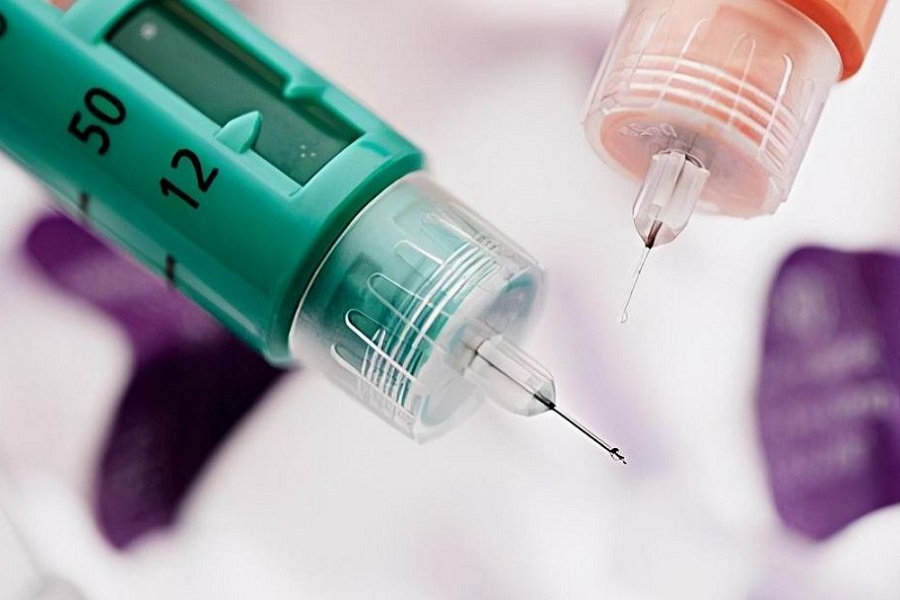Aerosol valves are crucial components of aerosol packaging that control the release of the product. They come in different types, each suited for specific applications and product formulations. Here are some common types of aerosol valves and factors to consider when choosing one:
1. Continuous Spray Valves: These valves provide a continuous spray pattern when the actuator is depressed and held. They are suitable for applications where a consistent and even spray is required, such as in cleaning products or hair sprays.
2. Metered Dose Valves: These valves release a fixed amount of product with each actuation. They are commonly used in pharmaceutical applications, where precise dosing is essential, such as inhalers or nasal sprays.
3. Lotion Pump Valves: These valves are designed for dispensing thicker products, such as lotions or creams. They typically have larger openings and are capable of handling products with higher viscosities.
4. Foam Dispensing Valves: These valves are used to dispense foam-based products, such as shaving creams or mousses. They create a foam by mixing the product with air during dispensing.
5. Bag-on-Valve (BoV) System: This is a specialized aerosol valve system where the product is housed in a bag within the aerosol can. The valve allows the compressed air or propellant to be released around the bag to dispense the product. BoV systems are used for sensitive or reactive products that should not come into direct contact with propellants.
When choosing an aerosol valve, consider the following factors:
1. Product Compatibility: Ensure that the valve is compatible with the specific formulation of the product, including its ingredients, viscosity, and pressure requirements.
2. Spray Pattern: Consider the desired spray pattern, whether it should be a continuous spray, a fixed dose, or a foam. Test the valve with your product to evaluate the spray quality and coverage.
3. Valve Actuation: Evaluate the ease of actuation and ergonomics of the valve. Consider factors such as finger space, actuator design, and user experience.
4. Can Size and Compatibility: Ensure that the valve is suitable for the size and type of aerosol can you plan to use. Check the aerosol valve specifications to match them with the can dimensions.
5. Regulatory Compliance: Consider any regulatory requirements or industry standards that may apply to your product, such as FDA regulations for pharmaceutical applications.
6. Manufacturing Considerations: Assess the availability and cost of the chosen valve, as well as any special manufacturing requirements or compatibility with aerosol filling equipment.
It’s important to work closely with valve suppliers or manufacturers to determine the most suitable valve for your specific product and application. Contact us to get the best aerosol packaging solution!




